
漢德百科全書 | 汉德百科全书
 天文
天文


Der Orionarm (auch lokaler Arm) ist ein Spiralarm der Milchstraße, der unter anderem unser Sonnensystem enthält.
Der Orionarm liegt zwischen dem großen Sagittarius-Arm und dem Perseusarm und ist vermutlich ein kleinerer Nebenarm. Er ist etwa 20.000 Lichtjahre lang, 2.000 Lichtjahre breit und etwa 26.000 Lichtjahre vom Galaktischen Zentrum entfernt. Er zeichnet sich durch eine Reihe heißer Sterne der Klassen O und B aus, die überwiegend zum Sternbild Orion gehören. Aus diesem Grund erhielt er seinen Namen, Orionarm.
Die Sonne und ihr System liegt – in Längsrichtung in etwa mittig – am inneren, zum galaktischen Zentrum hin gelegenen Rand des Orionarms.
猎户臂是银河系内的一条小螺旋臂,地球所在的太阳系即处于猎户臂内。它也被称为本地臂、本地分支(Local Spur)或猎户分支。
猎户臂因为靠近猎户座而得名,它位于人马臂和英仙臂之间 - 银河系4条主要螺旋臂中的2条。在猎户臂内的太阳系和地球在本星系泡内,距离银河中心大约8,000秒差距(26,000光年)。
オリオン腕(オリオンわん)は、オリオンの腕(オリオンうで)や、オリオン渦状腕(オリオンかじょうわん)ともいい、宇宙の典型的な棒渦巻銀河のひとつ銀河系の中心から伸びる複数の「腕(スパイラル・アーム)」形状部分(銀河年での銀河系公転運動に於いて「恒星系および星間ガスの渋滞」による螺旋腕型の偏在部分が生じる)のうち、現時点で太陽系が留まっている「腕」をいう(約1.35億年周期での太陽系の別「腕」通過・滞留については、宇宙気候学も参照の事)。銀河系の中心から見てオリオン座がある方向なのでこの名がある。The Orion Arm is a minor spiral arm of the Milky Way Galaxy that is 3,500 light-years (1,100 parsecs) across and approximately 10,000 light-years (3,100 parsecs) in length,[2] containing the Solar System, including Earth. It is also referred to by its full name, the Orion–Cygnus Arm, as well as Local Arm, Orion Bridge, and formerly, the Local Spur and Orion Spur.
The arm is named for the Orion Constellation, which is one of the most prominent constellations of Northern Hemisphere winter (Southern Hemisphere summer). Some of the brightest stars and most famous celestial objects of the constellation (e.g. Betelgeuse, Rigel, the three stars of Orion's Belt, the Orion Nebula) are within it as shown on the interactive map below.The arm is between the Carina–Sagittarius Arm (the local portions of which are toward the Galactic Center) and the Perseus Arm (the local portion of which is the main outer-most arm and one of two major arms of the galaxy).
Long thought to be a minor structure, namely a "spur" between the two arms mentioned, evidence was presented in mid 2013 that the Orion Arm might be a branch of the Perseus Arm, or possibly an independent arm segment.[3]
Within the arm, the Solar System is close to its inner rim, in a relative cavity in the arm's Interstellar Medium known as the Local Bubble, about halfway along the arm's length, approximately 8,000 parsecs (26,000 light-years) from the Galactic Center.
Le bras spiral d'Orion ou, simplement, le bras d'Orion (également appelé bras local ou avec son nom complet bras d'Orion-Cygne) est un bras spiral mineur de notre galaxie, la Voie lactée1. C'est dans ce bras que se situe le Système solaire1.
Le bras d'Orion est ainsi nommé en raison de sa proximité apparente avec la constellation d'Orion. Il est situé entre le bras Sagittaire-Carène et le bras de Persée, deux des quatre bras majeurs de la Voie lactée. Sa longueur est estimée à environ 10000 années-lumière, et sa largeur à environ 3500 années-lumière. Dans le bras d'Orion, le Système solaire est proche du bord intérieur, dans la Bulle locale, à environ 8 000 parsecs (26 000 années-lumière) du centre galactique.
Il Braccio di Orione, noto anche come Braccio Locale, è un braccio minore della nostra galassia, la Via Lattea; la sua importanza è data dal fatto che al suo interno si trova il nostro sistema planetario: il sistema solare.
Secondo studi effettuati verso la fine degli anni duemila, questo braccio si origina dal Braccio del Sagittario più o meno in direzione della costellazione della Freccia e presenta una biforcazione, con un ramo che segue l'andamento degli altri bracci di spirale e un ramo diretto verso i bracci esterni.[1]
Al suo interno sono ospitati un gran numero di complessi nebulosi molecolari e nubi molecolari giganti, in gran parte oscuri, nonché alcune delle regioni di formazione stellare più attive conosciute all'interno della Via Lattea. In aggiunta a ciò, la quasi totalità delle stelle visibili ad occhio nudo e degli oggetti non stellari più luminosi visibili dalla Terra appartengono a questo braccio di spirale, come le Pleiadi, il Presepe e la Nebulosa di Orione.[2]
El brazo de Orión o brazo local es un brazo espiral de nuestra galaxia, la Via Láctea, donde se encuentra el sistema solar y la Tierra. Su nombre se debe a su proximidad a la constelación de Orión, entre el brazo de Sagitario y el brazo de Perseo, los dos más grandes de nuestra galaxia. Nuestro sistema solar se encuentra cercano al borde interno de la Burbuja Local, aproximadamente a 8000 pársecs (25 000 años luz) del centro galáctico. Aunque habitualmente se lo considera un brazo espiral menor, investigaciones presentadas a mediados de 2013 sugieren que puede ser una estructura de bastante entidad, bien siendo un segmento del brazo de Perseo o incluso independiente de éste.1
Рука́в Орио́на — небольшой галактический рукав Млечного Пути, в котором находится Солнечная система. Толщиной приблизительно в 3500 световых лет и приблизительно 11 000 световых лет в длину[2]. Иногда он также называется Местный рукав или Шпора Ориона.
Рукав Ориона обязан своим названием находящимся вблизи него звёздам из Созвездия Ориона. Он расположен между рукавом Стрельца и рукавом Персея (двумя крупными рукавами Млечного Пути). В рукаве Ориона Солнечная система находится вблизи внутреннего края в Местном пузыре, приблизительно в 8500 парсеках от центра Галактики (смещение к Северному полюсу Галактики составляет всего 10 парсек).
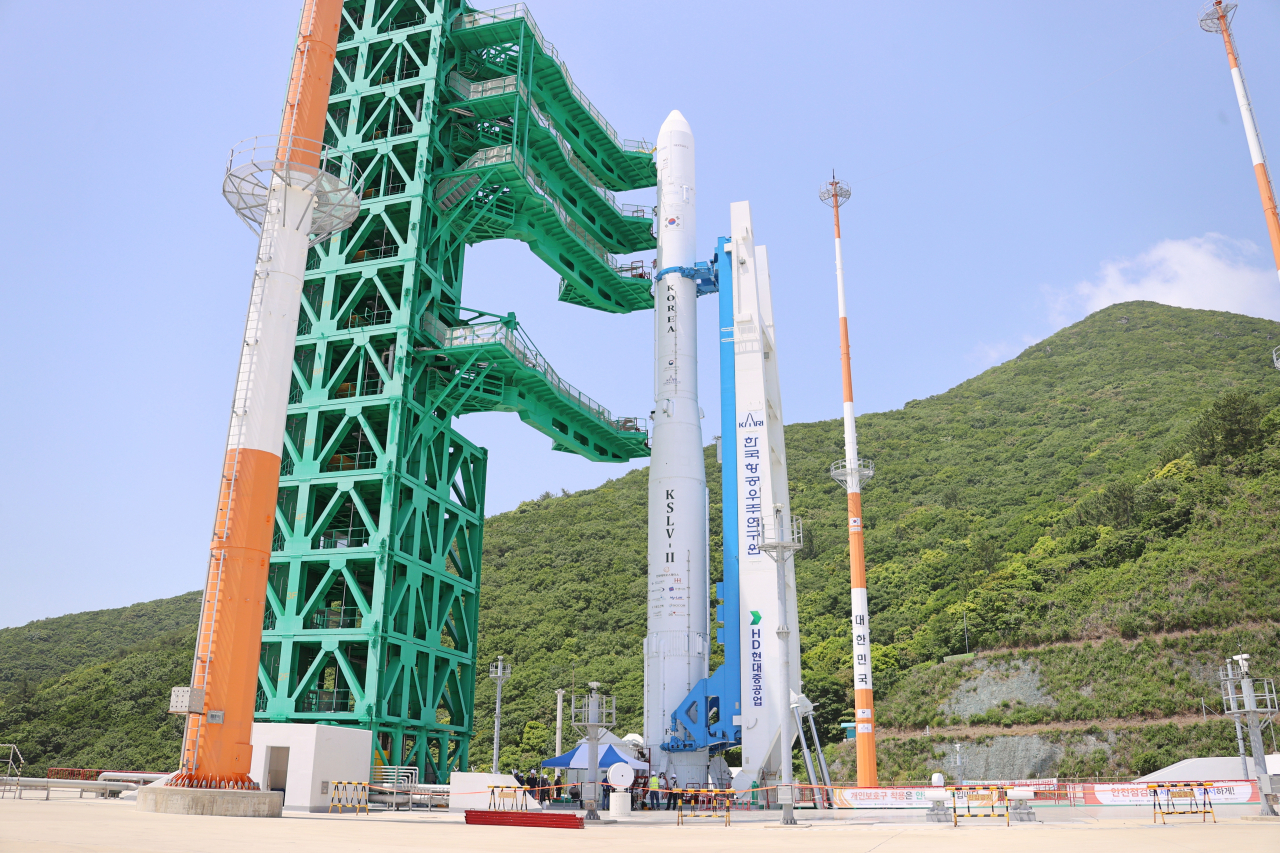
Das Naro Space Center ist ein staatliches Raumfahrtzentrum in Südkorea, etwa 485 km südlich von Seoul. Es wird nach seinem Verwaltungsbezirk auch Goheung genannt. Das Zentrum wurde am 11. Juni 2009 eingeweiht.[1] Der erste Start, zugleich der erste Start der koreanischen Rakete KSLV, die ebenfalls Naro genannt wird, erfolgte am 25. August 2009.
Mit dem Naro Space Center und dem KSLV will sich Korea unabhängig von ausländischen Trägerraketen und Startplätzen machen.
Auf dem etwa fünf Quadratkilometer großen Gelände befinden sich Montagehallen, Test- und Starteinrichtungen für die Rakete KSLV, dazu eine Leitzentrale, optische Bahnverfolgungseinrichtungen, Radarstationen, ein Kraftwerk und weitere Anlagen.
Der Bau wurde offiziell mit einer Zeremonie am 8. August 2003 begonnen.[2] Hauptauftragnehmer beim Bau war Hyundai Heavy Industries.
Betrieben wird das Raumfahrtzentrum von der staatlichen Raumfahrtbehörde Korea Aerospace Research Institute (KARI), Leiter ist Muin Kyung-ju.[3]
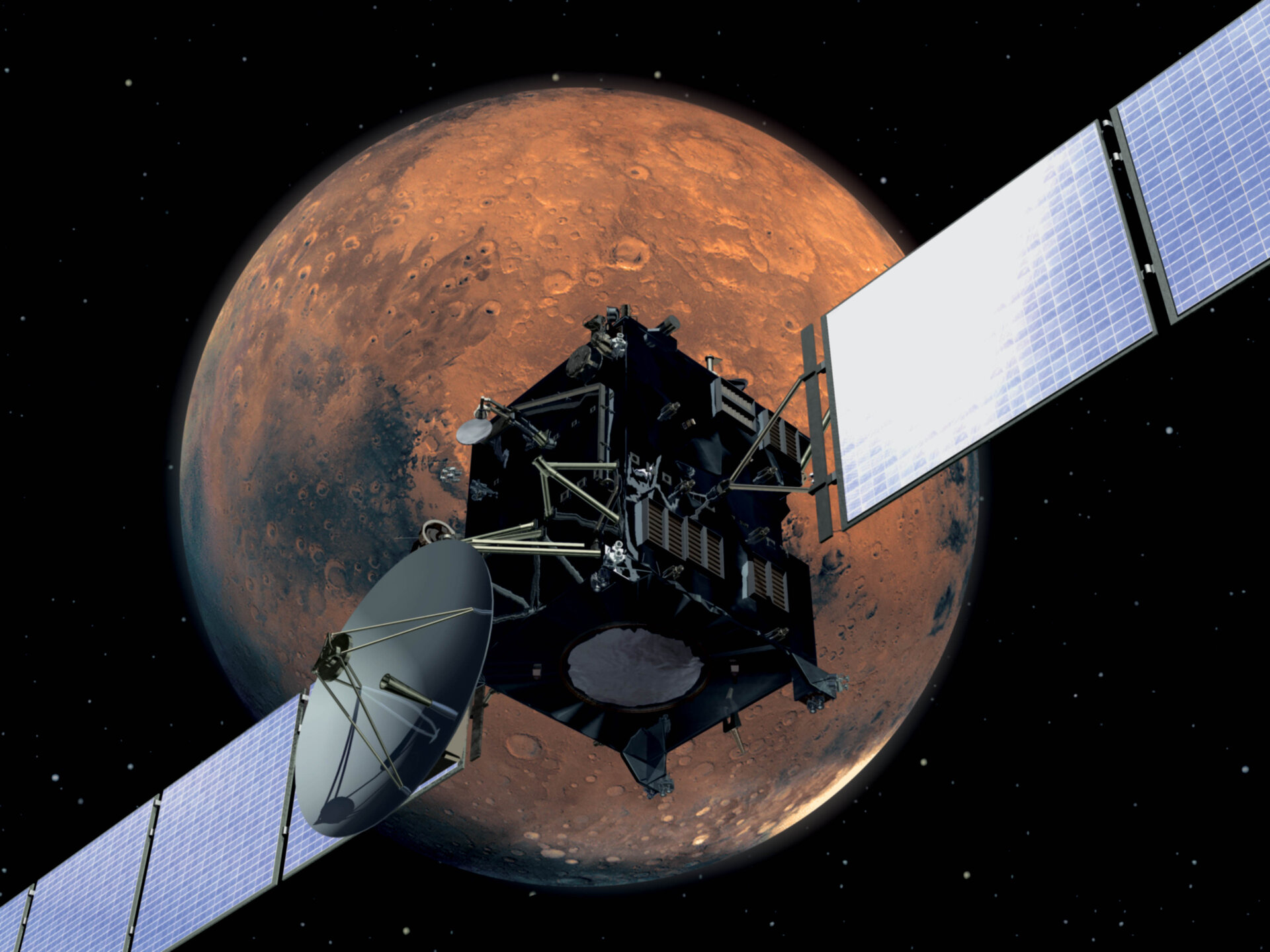

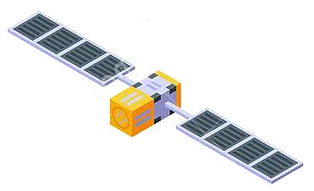
 航空航天
航空航天

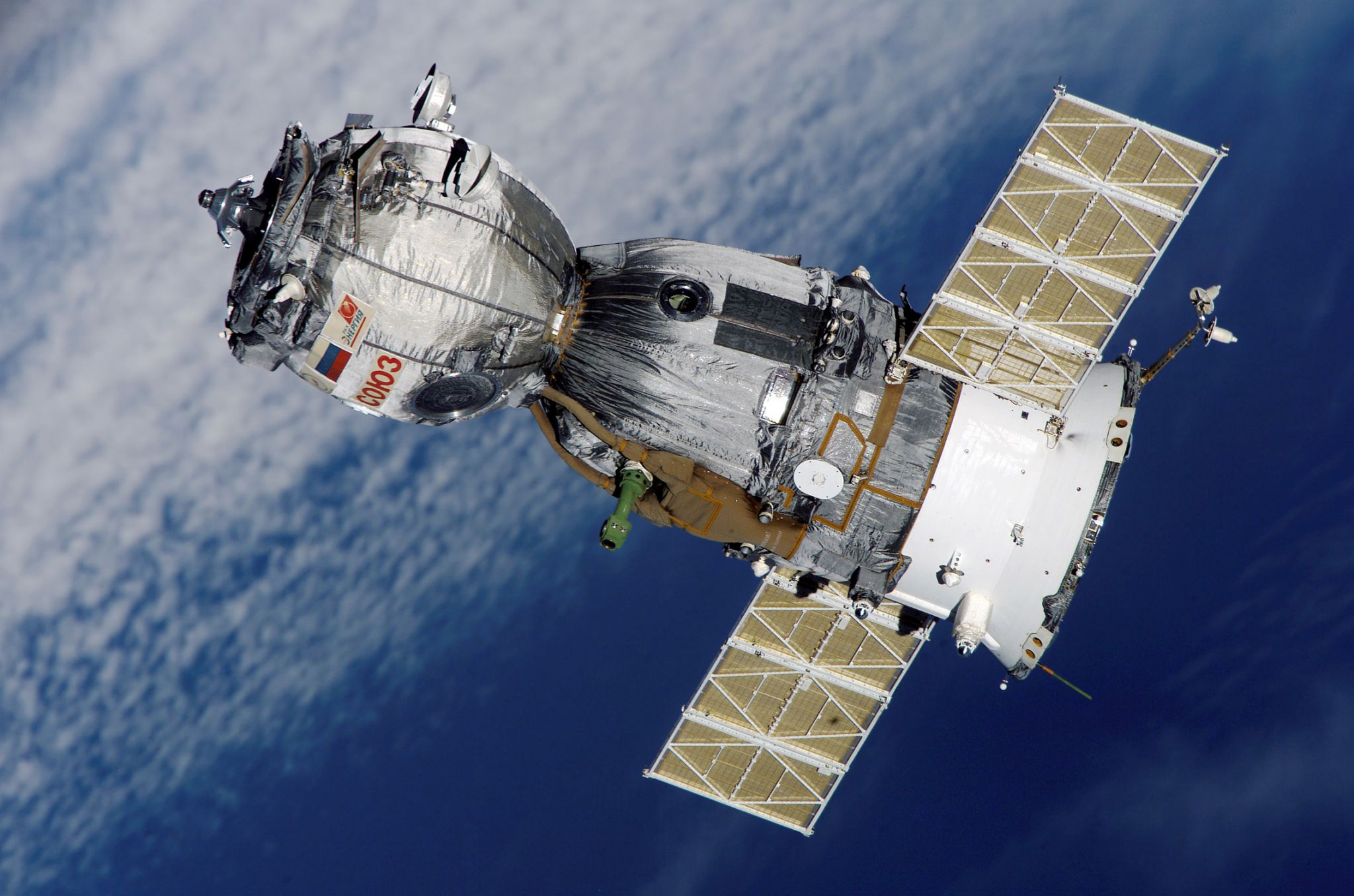
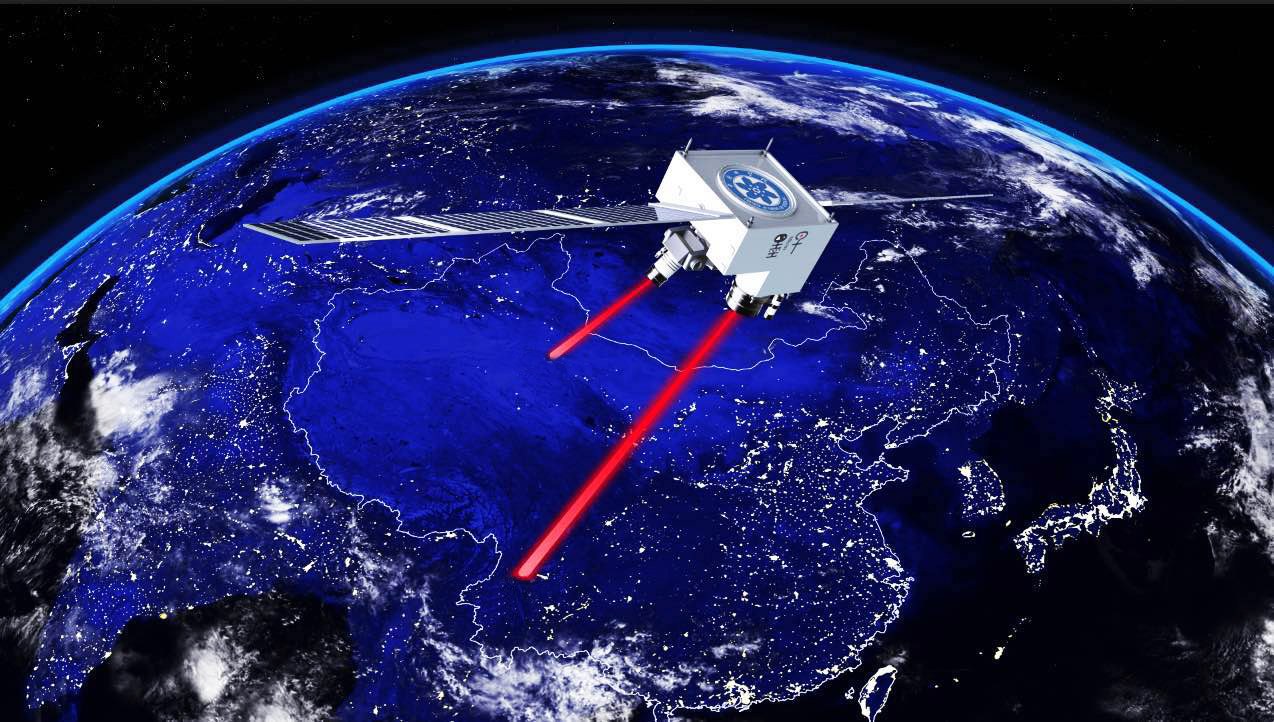


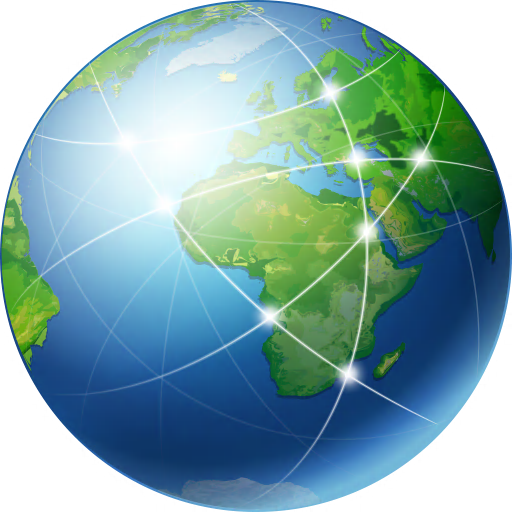 地理
地理
 历史
历史
 船舶和航海学
船舶和航海学
 科学技术
科学技术

 西弗吉尼亚州
西弗吉尼亚州
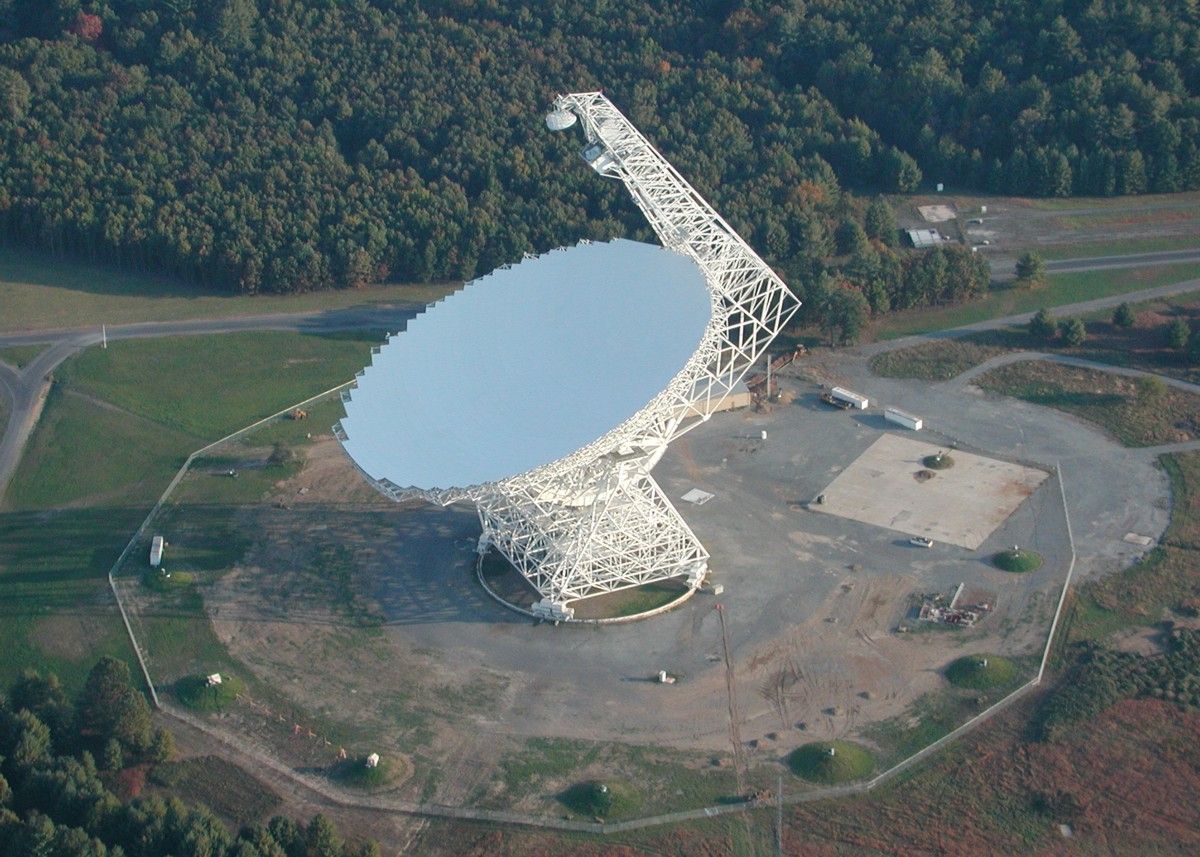
 巴利阿里群岛
巴利阿里群岛
